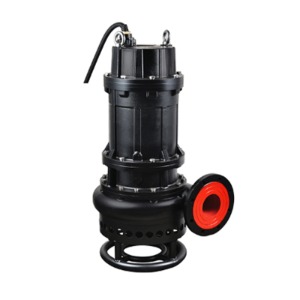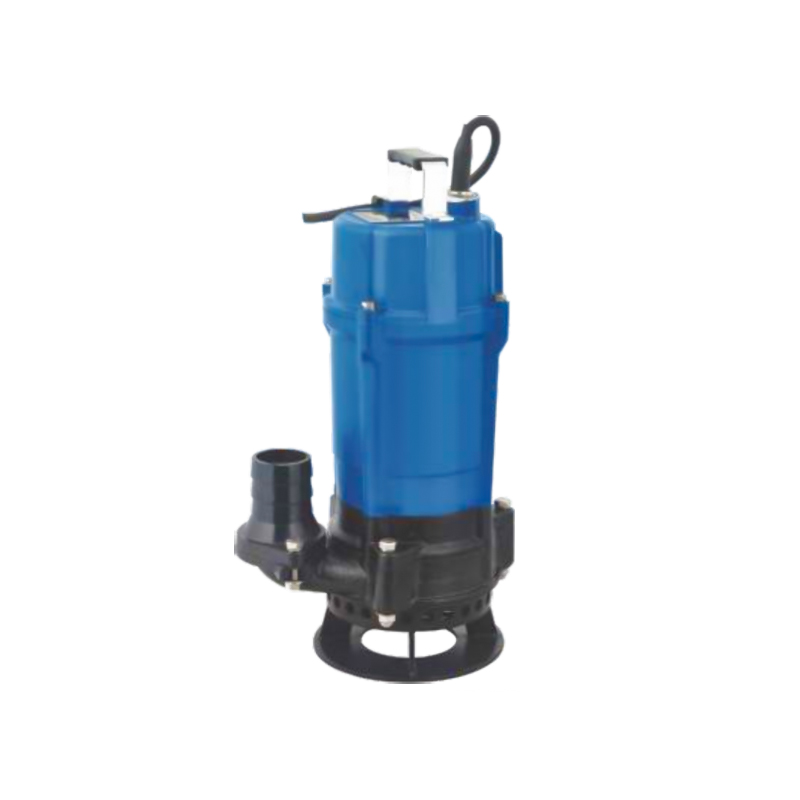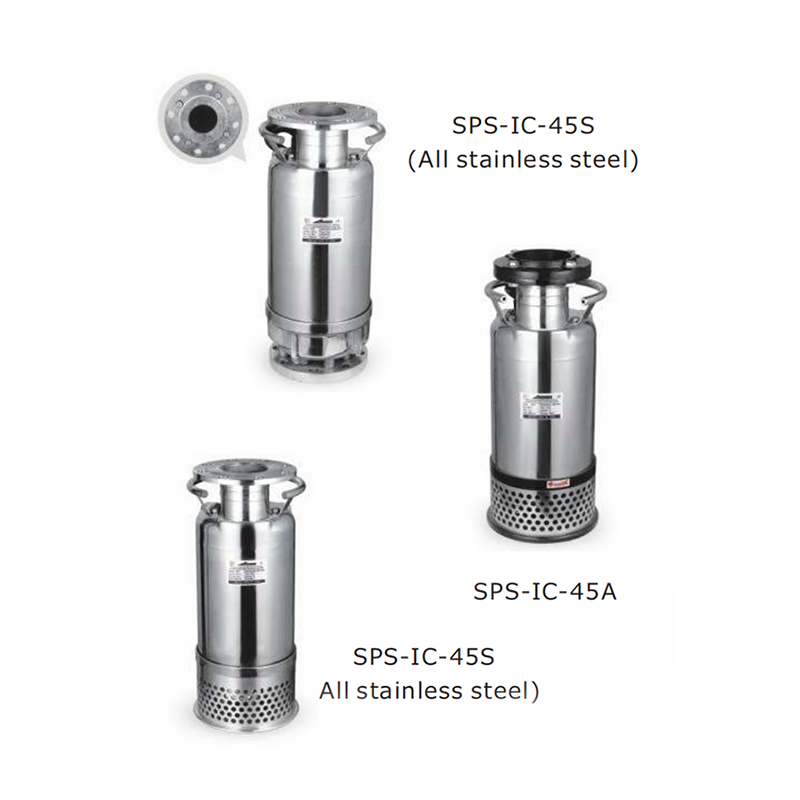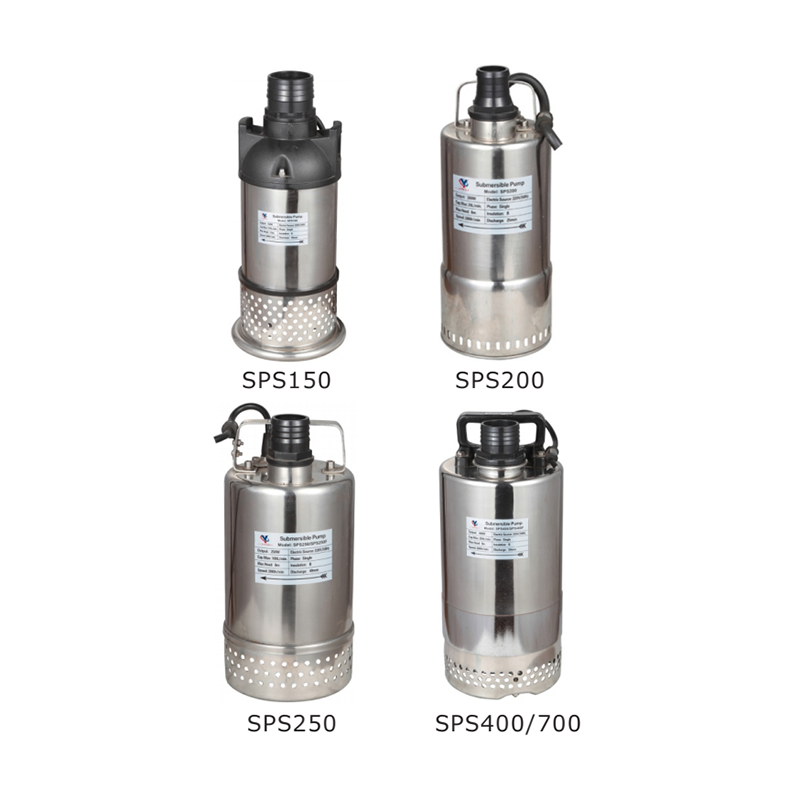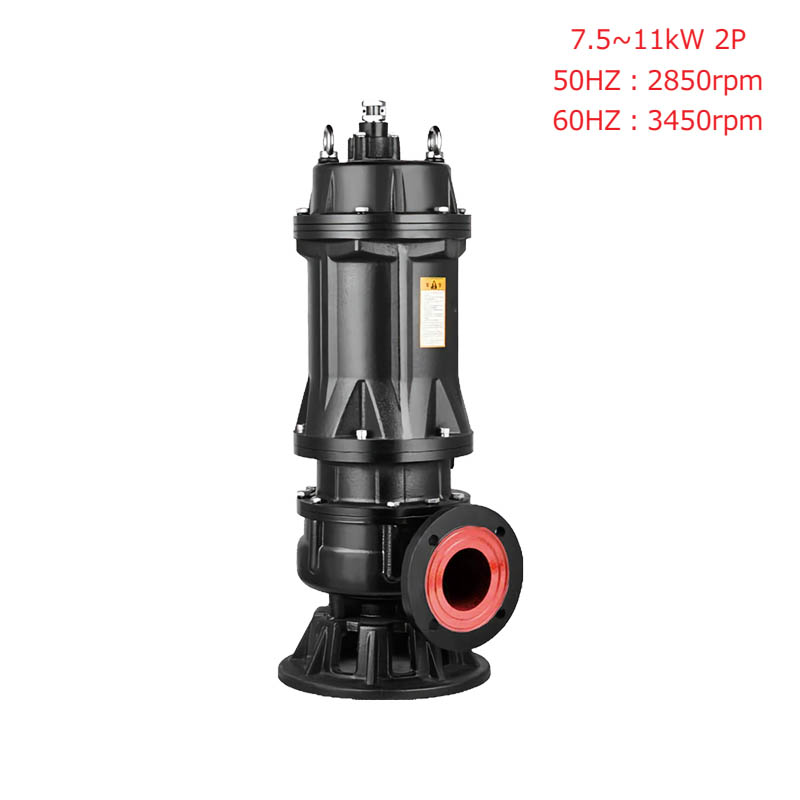Mining operations rely heavily on efficient and durable pumps to manage water, slurry, and other materials critical to operations. Selecting the right mining pump is essential, as each type has unique characteristics and advantages suited to specific conditions. In this article, we delve into the commonly used mining pumps—such as submersible pumps, slurry pumps, and centrifugal pumps—and offer practical advice on how to choose the pump for your mining needs.
1. Overview of Mining Pump Types
Mining pumps play a crucial role in water and material management, helping to maintain safe, productive, and efficient operations. The main types of mining pumps include:
Submersible Pumps: Designed to operate underwater, these pumps are often used for dewatering applications, helping to remove excess water from mines. Their design minimizes downtime and prevents flooding by providing constant drainage.
QNS Submersible Sand Mining Pump
Slurry Pumps: Built to handle abrasive, viscous materials, slurry pumps are often used in mines that process materials with a high solids content. The pump's rugged construction withstands the challenging conditions of transporting dense slurry.
Centrifugal Pumps: These pumps are versatile, commonly used for both water transport and slurry applications. They use a spinning impeller to move fluids, providing a reliable option for handling both clear water and low-viscosity slurries.
Each type of mining pump serves different needs, making it essential to understand their strengths and limitations before choosing one for a specific application.
2. Advantages of Different Mining Pumps
Submersible Pumps
Submersible mining pumps are submerged in the water or slurry they're designed to pump. Their waterproof design allows them to handle demanding environments without damage.
Benefits:
Continuous Operation: These pumps are built for continuous submersion, which makes them ideal for dewatering mines that frequently flood.
Space Efficiency: Their compact design doesn't require additional housing, making them easier to install in cramped or hard-to-reach areas.
Reduced Cavitation: Being fully submerged prevents air from entering the pump, reducing the risk of cavitation, which can damage the pump over time.
Applications: Submersible pumps are often used in open-pit mines, underground mines, and any site that requires efficient dewatering.
Slurry Pumps
Slurry mining pumps are specifically designed to handle abrasive and thick materials, such as mud, clay, sand, and rocks. They are reinforced to endure the wear and tear of these challenging substances.
Benefits:
High Durability: Built with wear-resistant materials, these pumps withstand the corrosive nature of slurry and last longer in tough conditions.
Customizable Options: Many slurry pumps offer options like replaceable liners and different impeller sizes, allowing operators to fine-tune the pump for specific slurries.
Efficient Solid Handling: They are optimized to handle mixtures with a high solids-to-liquid ratio, which is common in many mining applications.
Applications: Slurry pumps are used in processing plants, tailings management, and situations requiring the transportation of dense materials over distances.
Centrifugal Pumps
Centrifugal mining pumps use a rotating impeller to move water or slurry, making them a versatile choice for different mine applications.
Benefits:
Wide Range of Applications: These pumps can handle both water and low-viscosity slurries, making them ideal for multi-functional use in mines.
High Efficiency: Centrifugal pumps can achieve high efficiency with less energy use, reducing operational costs.
Low Maintenance: With fewer moving parts, these pumps generally require less maintenance compared to other pump types.
Applications: Commonly used for water transportation, dust control, and ore processing, centrifugal pumps serve well in a variety of mining contexts.
3. Choosing the Right Mining Pump for Your Operation
Selecting the right mining pump involves understanding your site's specific requirements. Here's a step-by-step guide to help you make an informed decision:
Assess the Fluid Type and Density: If your operation deals with abrasive or high-density materials, a slurry pump will be necessary. For clear water or low-viscosity materials, a centrifugal or submersible pump may be more suitable.
Consider the Pump's Placement: Submersible pumps are ideal for flooded areas where installation space is limited. If the pump will not be submerged, a centrifugal pump with a mounted motor may be more effective.
Evaluate Maintenance Needs: Slurry pumps generally require more frequent maintenance due to the abrasive nature of the materials they handle. If you need a low-maintenance option, centrifugal pumps are easier to service and have a simpler design.
Calculate the Flow Rate and Head: Different mining pumps have various flow rate capacities and pressure limits (head). Understanding your required flow rate and pressure helps in selecting a pump that meets your operation's needs without straining its capacity.



 English
English русский
русский عربى
عربى